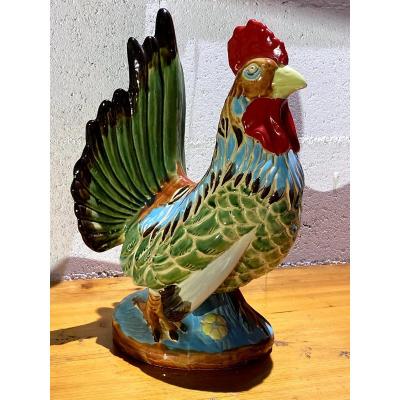Period : Beginning of XXth century
Dimensions : H :53 x W :35cm
Numbered on the underside of the terrace.
Barbotine is a typically French name, in other countries it is called majolica - it is a paste made of sand, clay and marl which is poured into a mould and then covered with varnish.
These colourful objects, which were very popular between 1890 and 1940, were essentially vases, piggy banks, flowerpots and jugs used on a daily basis, first in the North and East of France and in Belgium, then almost everywhere, including the United States, where they are now very much in demand.
Maryse Bottero in her book: " Pichets en barbotine - Personnages, animaux, fleurs "
Éditions Massin, shows us the extraordinary diversity of production in French earthenware factories, from the middle of the 19th century until the 1940s, and also highlights small, almost unknown factories which have as much merit as the "big ones", in the quality, creativity and distribution of their product.




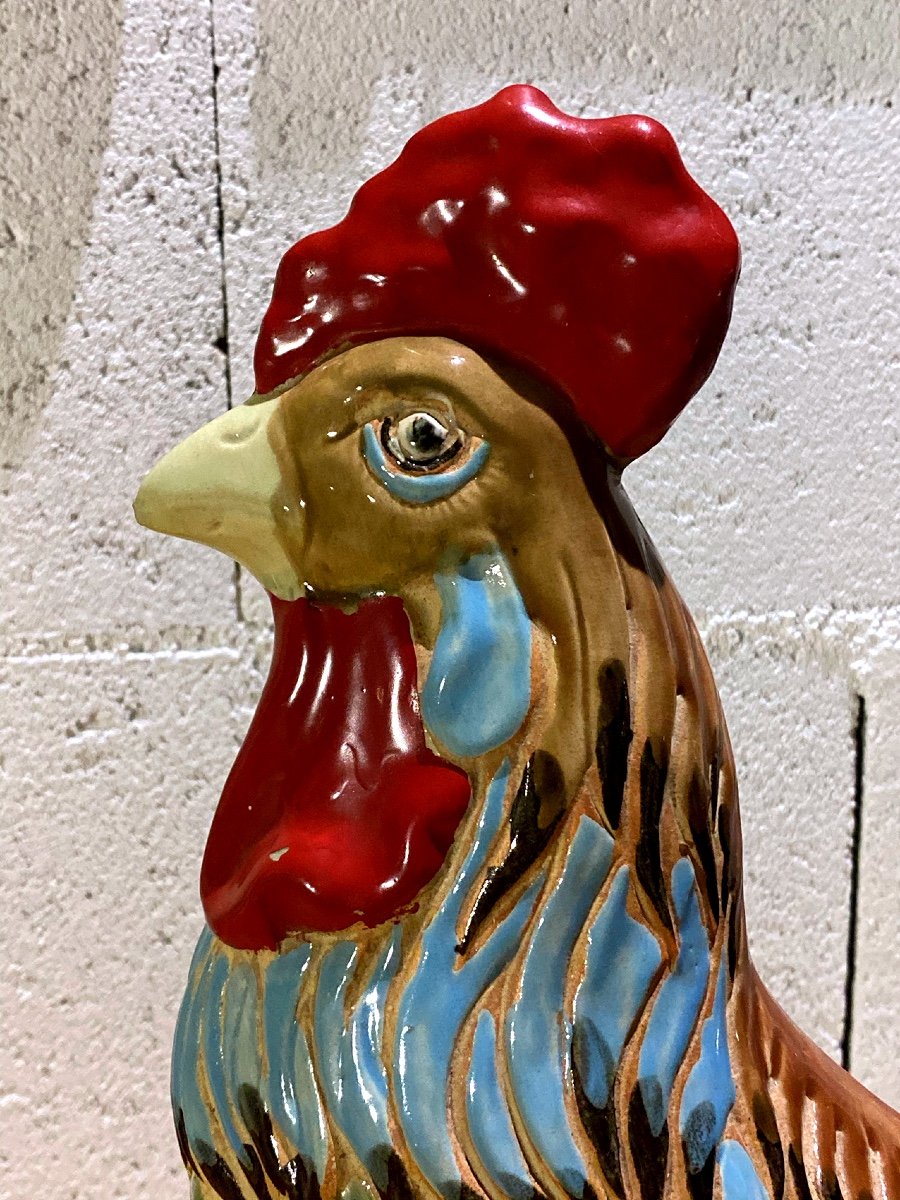
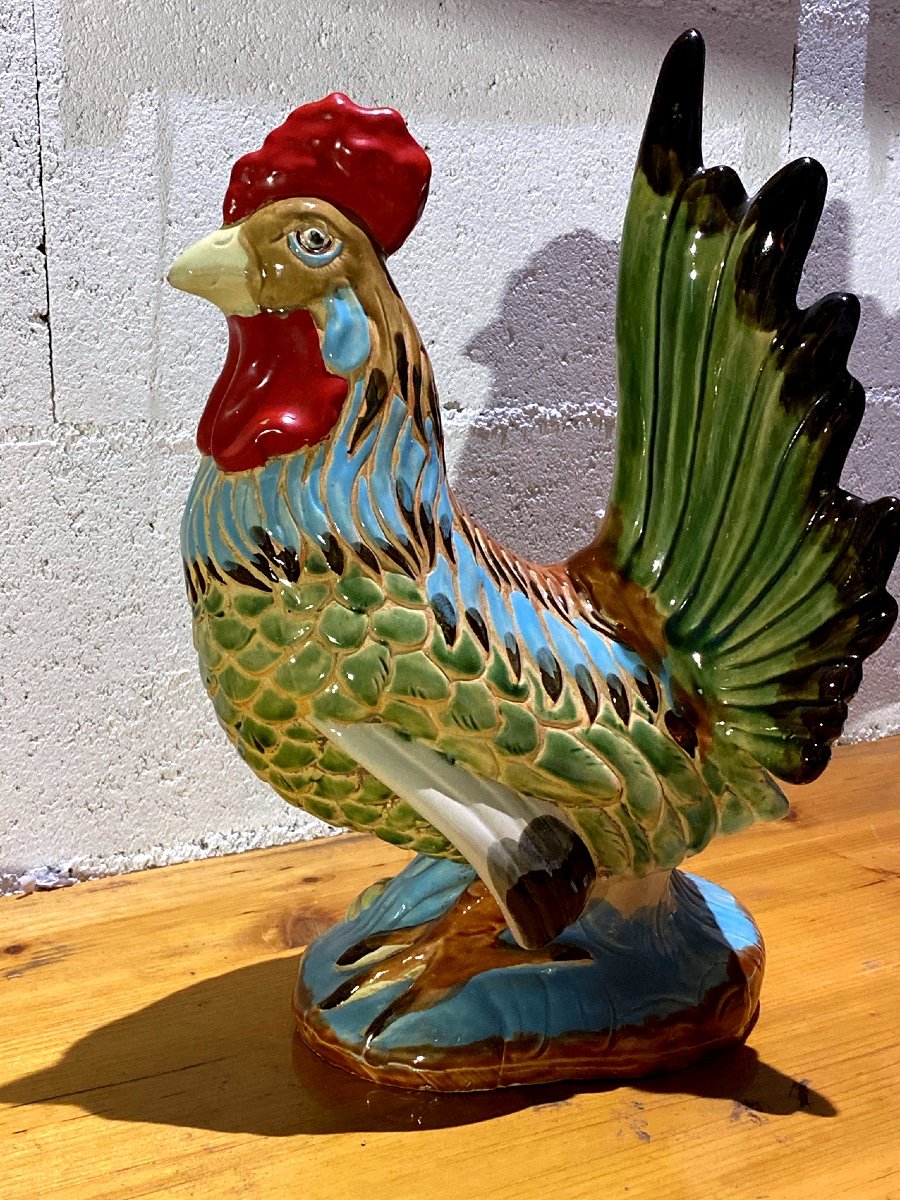
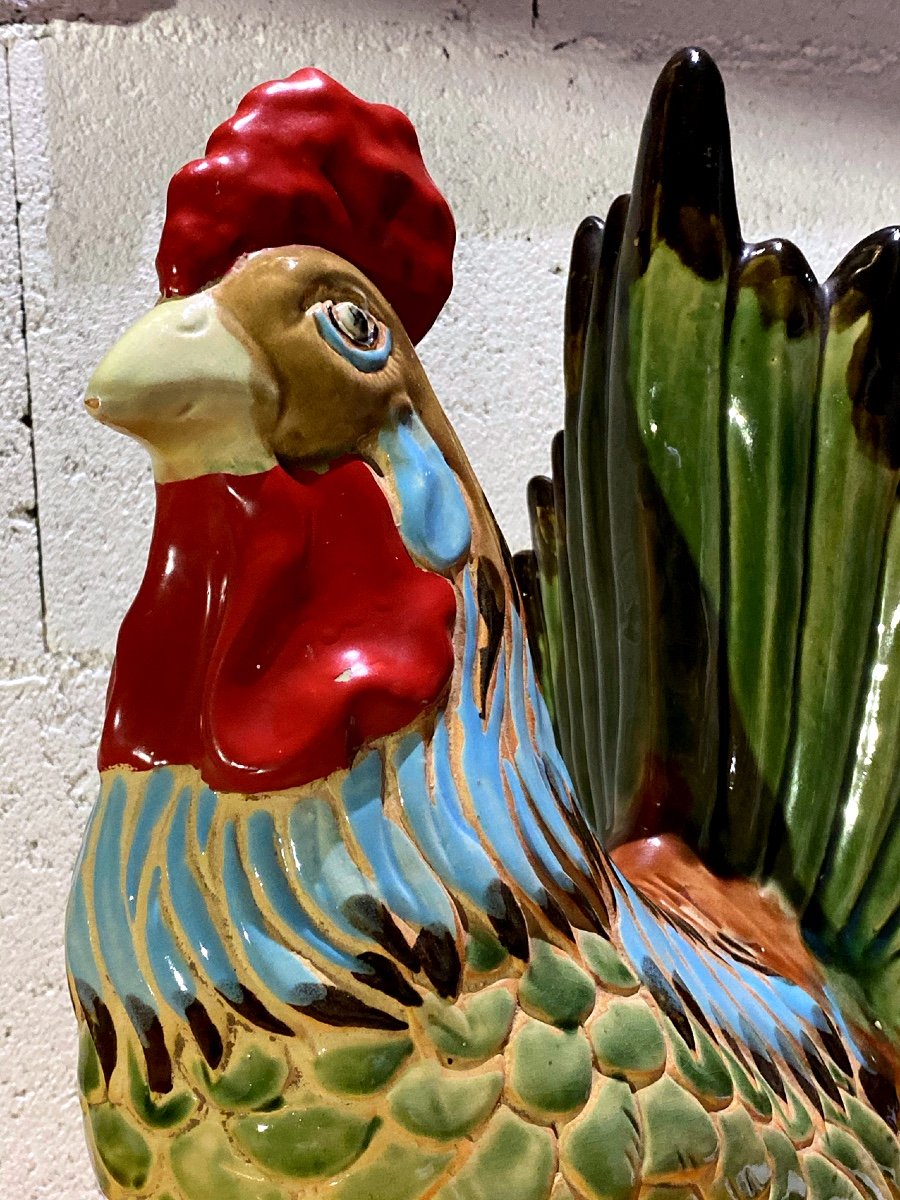
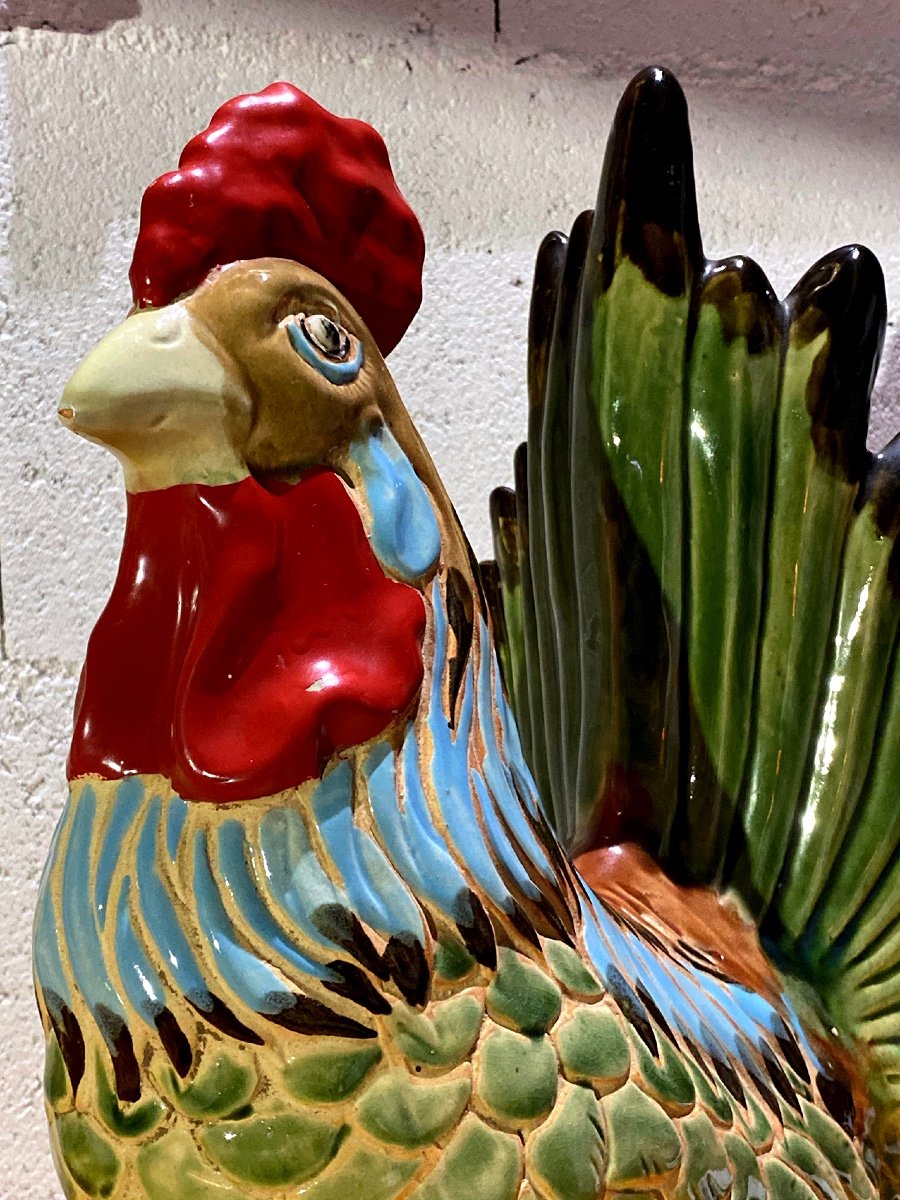

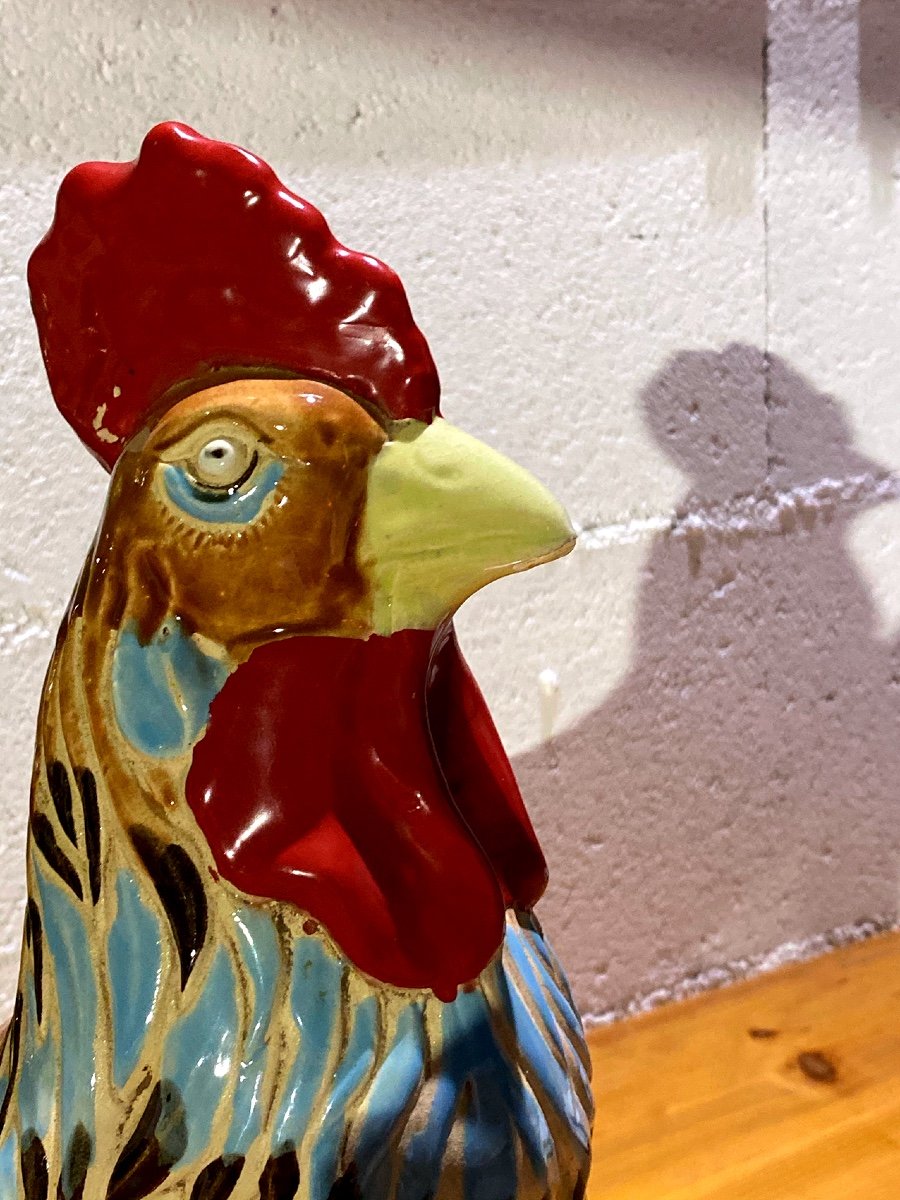
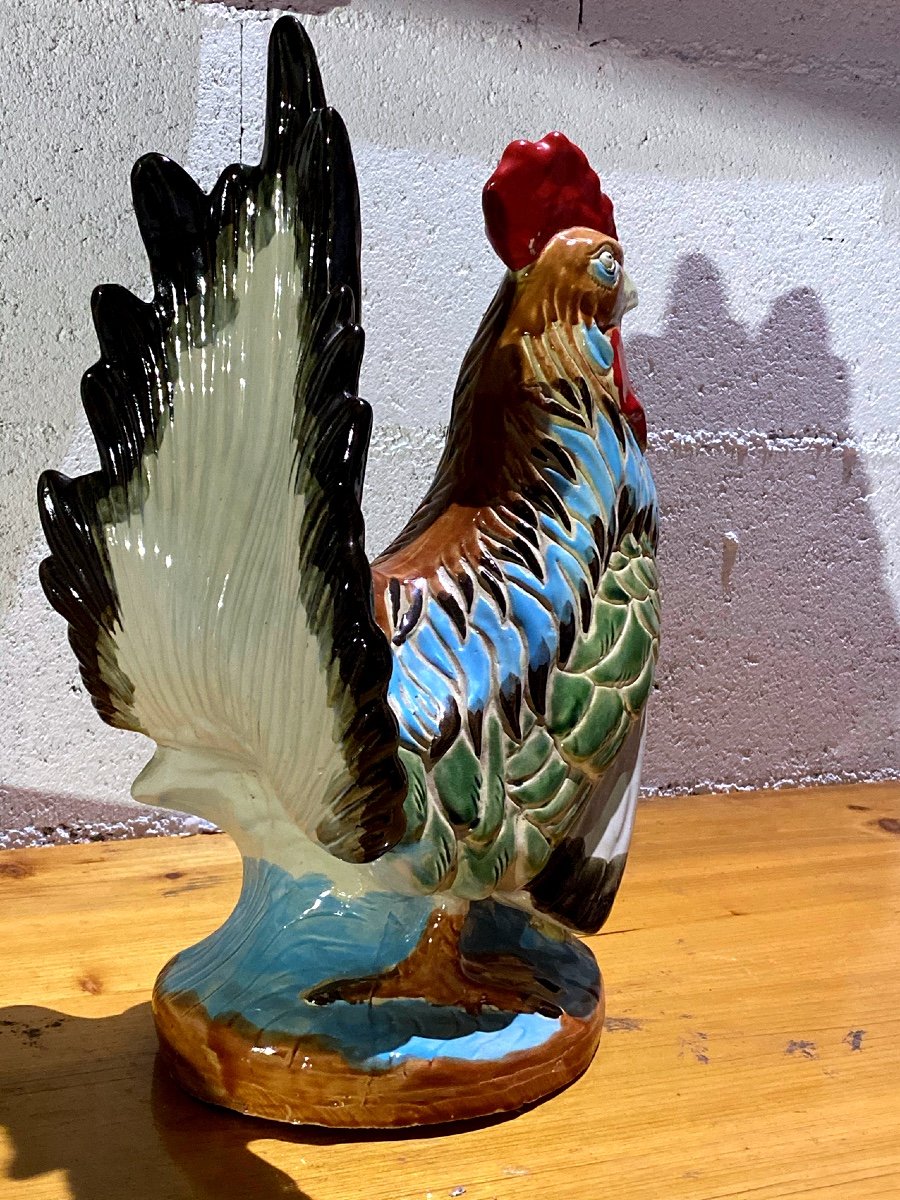

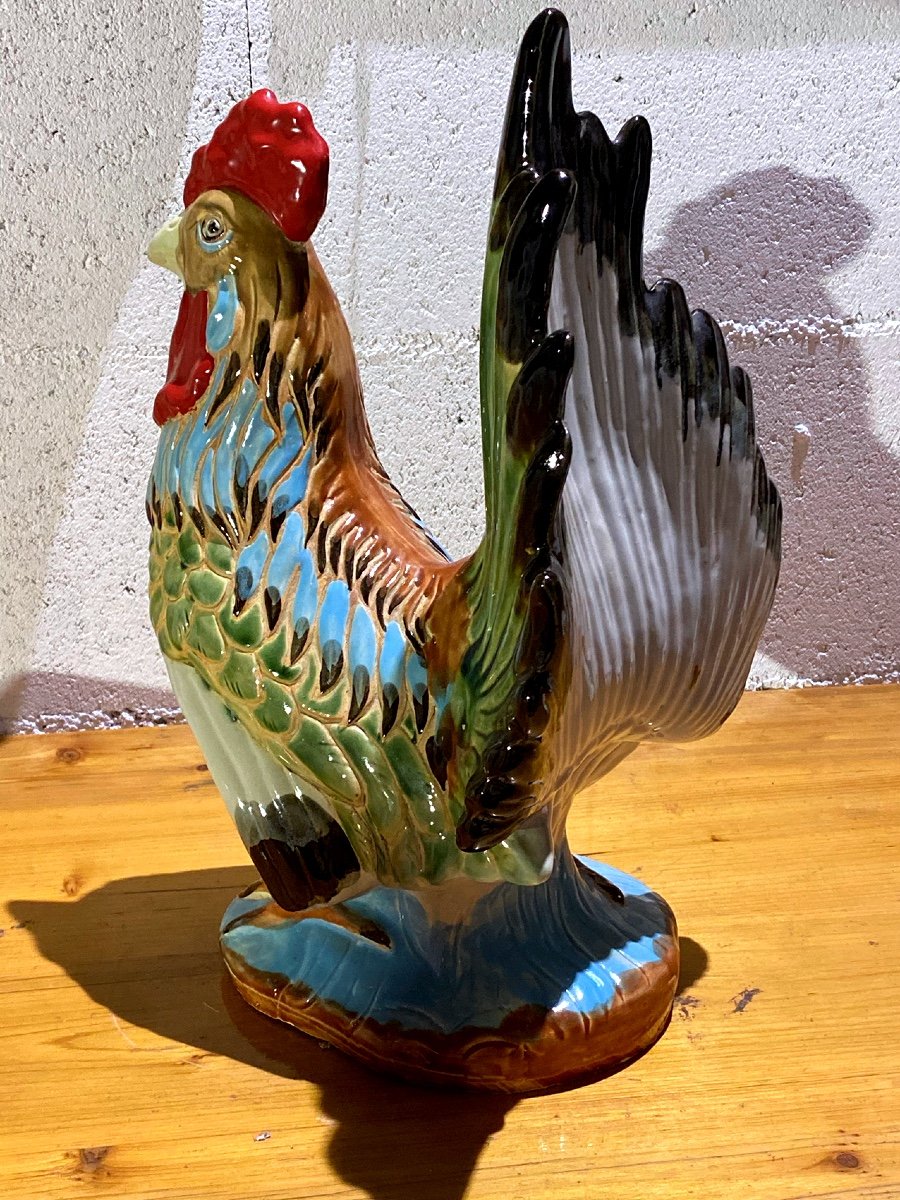
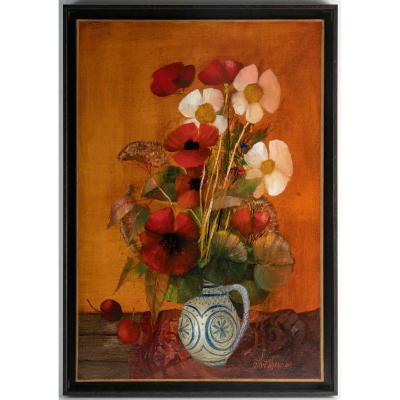



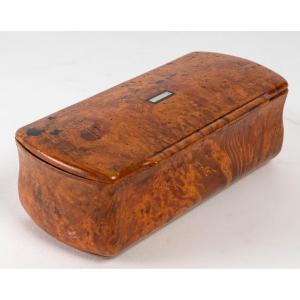
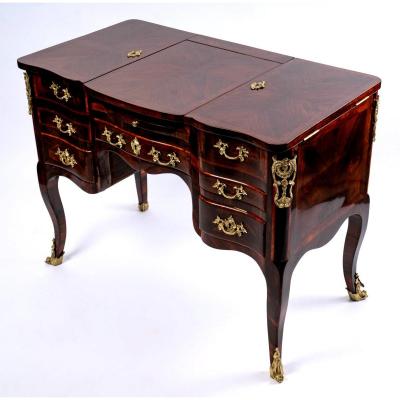


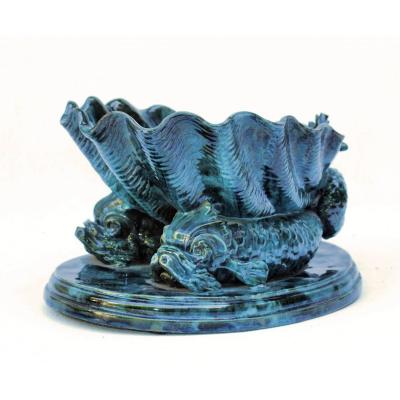

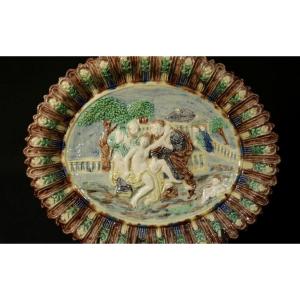
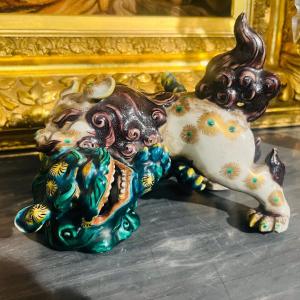



 Le Magazine de PROANTIC
Le Magazine de PROANTIC TRÉSORS Magazine
TRÉSORS Magazine Rivista Artiquariato
Rivista Artiquariato
